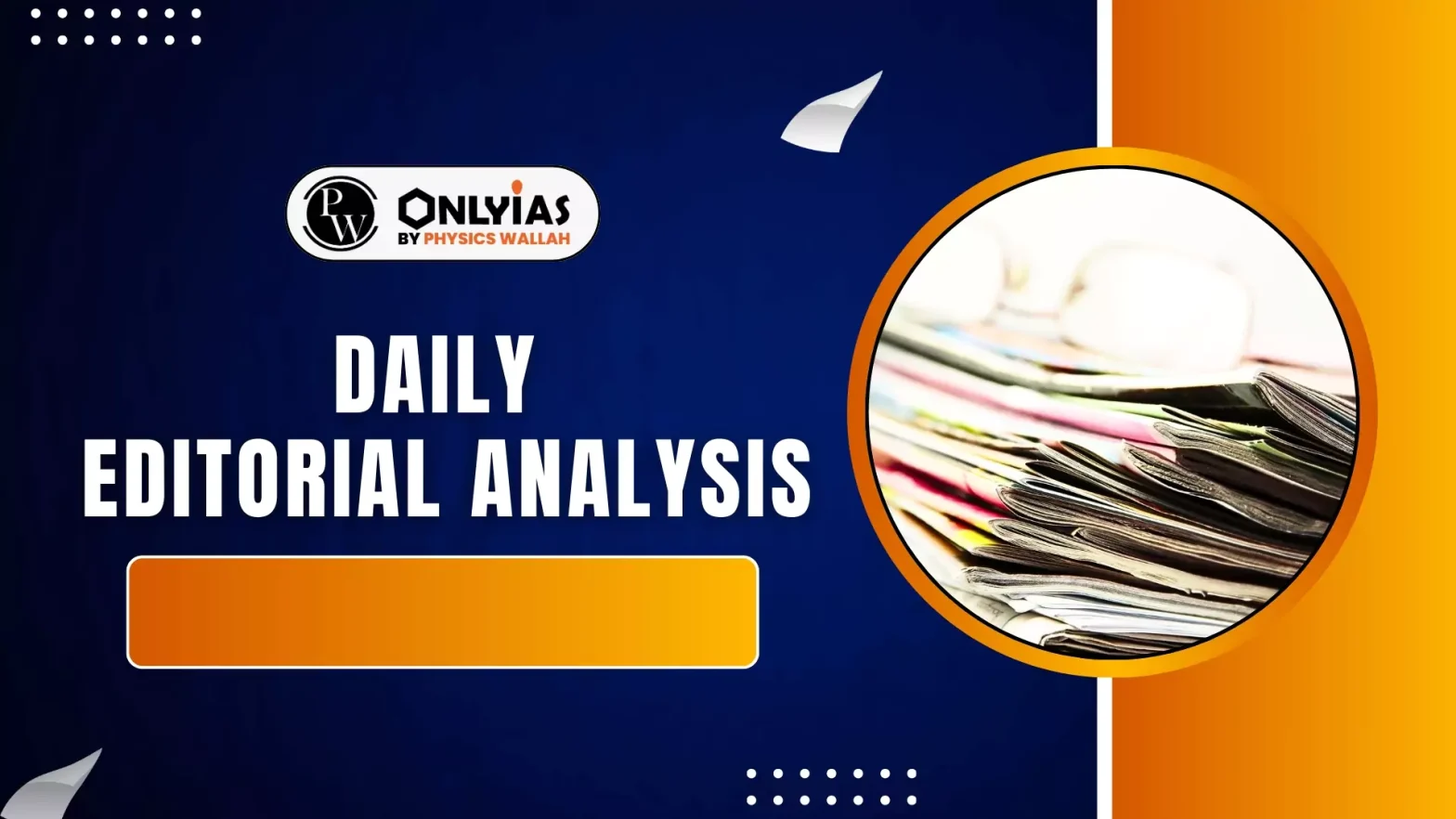The Trump–Xi meeting on the sidelines of the APEC Summit in Busan, and Trump’s framing of a potential “G2” order, signal a possible strategic accommodation between the US and China.
About G2
- Informal Idea: The G2 refers to the informal idea of a “Group of Two” i.e the United States and China whose bilateral equations increasingly shape the global order.
- Origin: Emerged after the Trump–Xi meeting during the APEC Summit in Busan, South Korea.
- Core Idea: The concept suggests that global governance in the 21st century is dominated by these two powers, similar to a new Cold War dynamic replacing the US–USSR rivalry.
- Strategic Implication for India: While G2 coordination reduces volatility, it raises serious concerns for India’s strategic autonomy and diplomatic space.
India’s Vulnerabilities in a G2 World
- Two Risk Scenarios:
- If US–China Cooperate: India’s strategic value to the US declines, as Washington no longer needs India primarily as a China-balancing partner.
- If US–China Confront: India faces pressure to choose sides, complicated by:
- Shared, contested border with China
- Clear power asymmetry
- Heavy import dependence on China
- Core Structural Weakness: A G2 order highlights India’s deep economic dependence on China, especially in pharma, electronics, and critical minerals.
Structural Dependence on China and Its Implications for India’s Strategic Autonomy
- Pharmaceutical Sector: India is the Pharmacy of the World, yet depends on China for around 70 percent of Active Pharmaceutical Ingredients, making drug production vulnerable to geopolitical disruptions such as the 2020 Galwan crisis.
- Electronics and High-Tech Manufacturing: India imports nearly 90 percent of electronic components from China, resulting in an assembly-centric manufacturing ecosystem, a widening trade deficit, and limited technological autonomy.
- China’s Hard Economic Clout: China controls 80–90 percent of global Rare Earth Mineral processing and has a history of weaponising trade, including export restrictions on Japan (2010) and the halt of US soybean imports during the trade war to force concessions.
- India’s Soft Leverage: India’s large market, democratic credentials, and strategic Indo-Pacific location provide meaningful influence, but this remains soft leverage compared to China’s coercive economic tools.
Way Forward
- Self-Reliance: Self-reliance means building domestic capacity and resilience, not isolation or protectionism.
- PLI Scheme as the Core Tool: Production Linked Incentive schemes incentivise domestic production of mobiles, Active Pharmaceutical Ingredients (APIs), and electronics to reduce dependency on China.
- China Plus One Strategy: India aims to attract global manufacturers seeking alternatives to China, such as major smartphone producers.
- Quad and SCRI Support: Through the Quad and the Supply Chain Resilience Initiative (SCRI), India collaborates with partners to secure supply chains in critical sectors like semiconductors and 5G.
Conclusion
India must strengthen its economic capabilities and reduce strategic dependencies to maintain autonomy in a G2-centric global order, as durable geopolitical influence ultimately rests on robust economic foundations.
![]() 14 Nov 2025
14 Nov 2025


